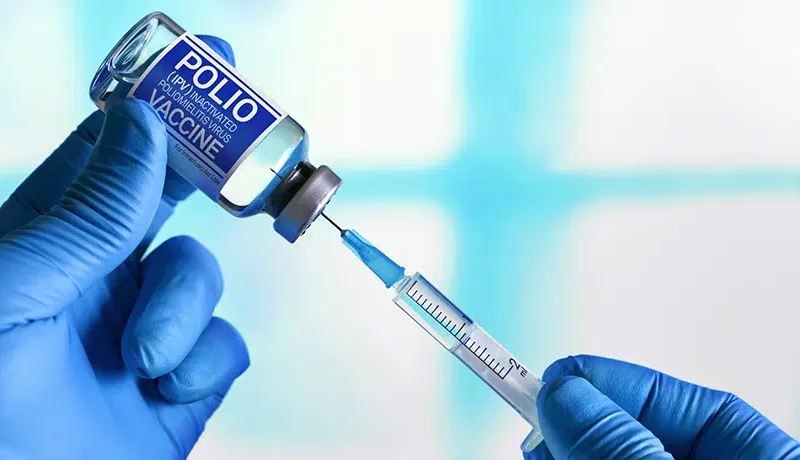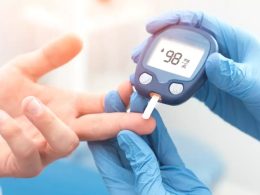Introduction: Unraveling the Threat of Polio
Polio, scientifically known as poliomyelitis, is a menacing and potentially life-threatening disease caused by the notorious poliovirus. The relentless spread of this virus between individuals can result in a severe infection that targets the spinal cord, leading to paralysis and, in extreme cases, death.
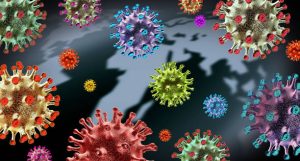
Understanding the Spectrum of Symptoms
Asymptomatic Majority:
Remarkably, a substantial majority of individuals infected with the poliovirus showcase no visible symptoms. This aspect adds a layer of complexity to the identification and containment of the disease.
Flu-Like Symptoms:
Around 25% of those affected may endure flu-like symptoms, encompassing a sore throat, fever, fatigue, nausea, headache, and stomach pain. This phase is transient, typically lasting between 2 to 5 days, after which the symptoms tend to spontaneously recede.
Severe Consequences:
A smaller but significant percentage of infected individuals face more dire consequences, including meningitis (infection of the covering of the spinal cord and/or brain) and paralysis. Paralysis, affecting the arms, legs, or both, is the most severe manifestation, potentially leading to permanent disability and, tragically, death. Statistics reveal that between 2 and 10 out of 100 people experiencing paralysis from poliovirus infection do not survive, as the virus interferes with the crucial muscles required for breathing.
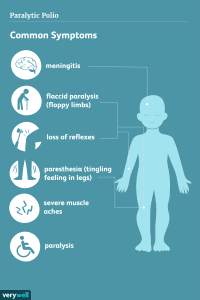
Post-Polio Syndrome (PPS): The Lingering Impact on Survivors
Beyond the acute phase of infection, polio survivors may encounter a phenomenon known as Post-Polio Syndrome (PPS). Even those who seemingly recover fully may grapple with new muscle pain, weakness, or paralysis, manifesting years or decades later in adulthood. This underscores the persistent and enduring nature of the repercussions of polio.
Tracing Polio Through the Sands of Time
Historical Context:
The historical roots of polio extend far back in time, as evidenced by ancient depictions. An Egyptian tomb painting vividly portrays an individual with a withered leg, highlighting the long-standing presence of this affliction. The consequence of polio, namely muscle-wasting, leaves indelible scars, a poignant reminder of the enduring impact of the disease.
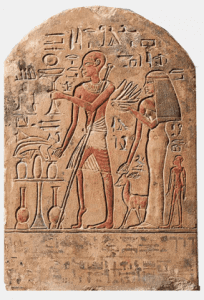
Transmission Dynamics: The Contagious Nature of Poliovirus
Poliovirus is exceptionally contagious, primarily spreading through person-to-person contact. It takes residence in the throat and intestines of infected individuals, making contamination of food and water in unsanitary conditions a contributing factor. The virus enters the body through the mouth, facilitated by contact with feces or respiratory droplets.
Preventive Measures: Vaccination as the Cornerstone
Inactivated Poliovirus Vaccine (IPV):
The primary weapon in the fight against polio since 2000, IPV is administered via injection, providing robust protection against the virus.
Oral Poliovirus Vaccine (OPV):
Globally employed, OPV represents another crucial line of defense against the relentless march of polio.
Hand Hygiene:
In addition to vaccinations, practicing vigilant hand hygiene plays a pivotal role in preventing the spread of poliovirus. Notably, alcohol-based hand sanitizers do not eliminate the virus, underscoring the importance of traditional soap and water.
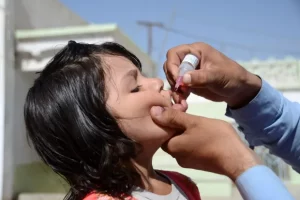
Diagnosis: Swift and Comprehensive Action
Healthcare providers suspecting polio must act swiftly, hospitalizing the patient for a comprehensive examination. This involves a detailed medical history, including vaccination records and recent travel, sample collection (stool, throat swab, blood, urine, and spinal fluid), and imaging studies such as magnetic resonance imaging (MRI). The detection of poliovirus is most likely in stool specimens.
Treatment Challenges: The Absence of a Cure
Regrettably, there is no specific cure for paralytic polio. Treatment options are limited, with physical or occupational therapy offering potential relief for weakness caused by polio. Collaborative consultations with neurology and infectious disease experts may guide specific interventions on a case-by-case basis.
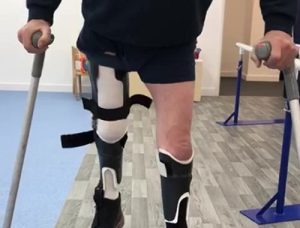
Seeking Timely Help: The Urgency in Symptom Recognition
Prompt action is imperative if polio symptoms are suspected. Individuals showing signs of the disease should contact their healthcare provider immediately or seek assistance at an emergency room. Early intervention is crucial in mitigating the potentially severe outcomes associated with polio.
In conclusion,
a comprehensive understanding of the multifaceted aspects of polio, from its historical context to the contemporary challenges in diagnosis and treatment, is crucial in the global endeavor to eradicate this debilitating disease. Ongoing efforts in vaccination, hygiene practices, and medical intervention are vital components in the collective fight against polio’s enduring impact on individuals and communities worldwide.






